Arnold Newman


- Arnold Newman was born March 3rd, 1918 in New York City.
- He was raised and attended schools in Atlantic City, N.J. and Miami Beach, FL. He studied art under a scholarship at the University of Miami, Coral Gables, FL from 1936 to 1938.
- Newman began his career in photography shortly after working at chain portrait studios in Philadelphia, Baltimore, and West Palm Beach. He immediately began working in abstract and documentary photography on his own.
- He then went on to work in Environmental Portraiture where he would normally capture his subjects in their most familiar surroundings with representative visual elements showing their professions and personalities.
- Arnold Newman found his vision in the empathy he felt for artists and their work. He photographed many famous people such as John F. Kennedy, Pablo Picasso, Marilyn Monroe, Ronald Reagan, and Audrey Hepburn.
- However he also maintained that even if the subject is not known, or is already forgotten, the photograph itself must still excite and interest the viewer.
- He died in New York City on June 6th, 2006.

“I didn’t just want to make a photograph with some things in the background,”
“The surroundings had to add to the composition and the understanding of the person. No matter who the subject was, it had to be an interesting photograph. Just to simply do a portrait of a famous person doesn’t mean a thing.”

Image Analysis

I believe he may have used a fast shutter speed as he was able to capture the smoke in the air of the image.
All light in this image is artificial which gives it a staged feel, this is suitable as the musician in the photo is on a stage where he would normally be in his career.
The image as a whole is in black and white with a high contrast that features all shades from light to dark. This could be considered to be included in the Ansel Adams Zone System.
The image is under exposed as it appears darker. This shows off the contrast of the image. Focus is down the centre of the photo where the subject is lit up.
The camera used may have had a wide depth of field and a small aperture which gave the background a slight blur.
The man in the photo is Willie ‘The Lion’ Smith who was an American jazz pianist at the time the image was taken (1960). He is considered to be one of the three greatest practitioners of the genre in its golden age, from about 1920 to 1943.
Anthony Kurtz
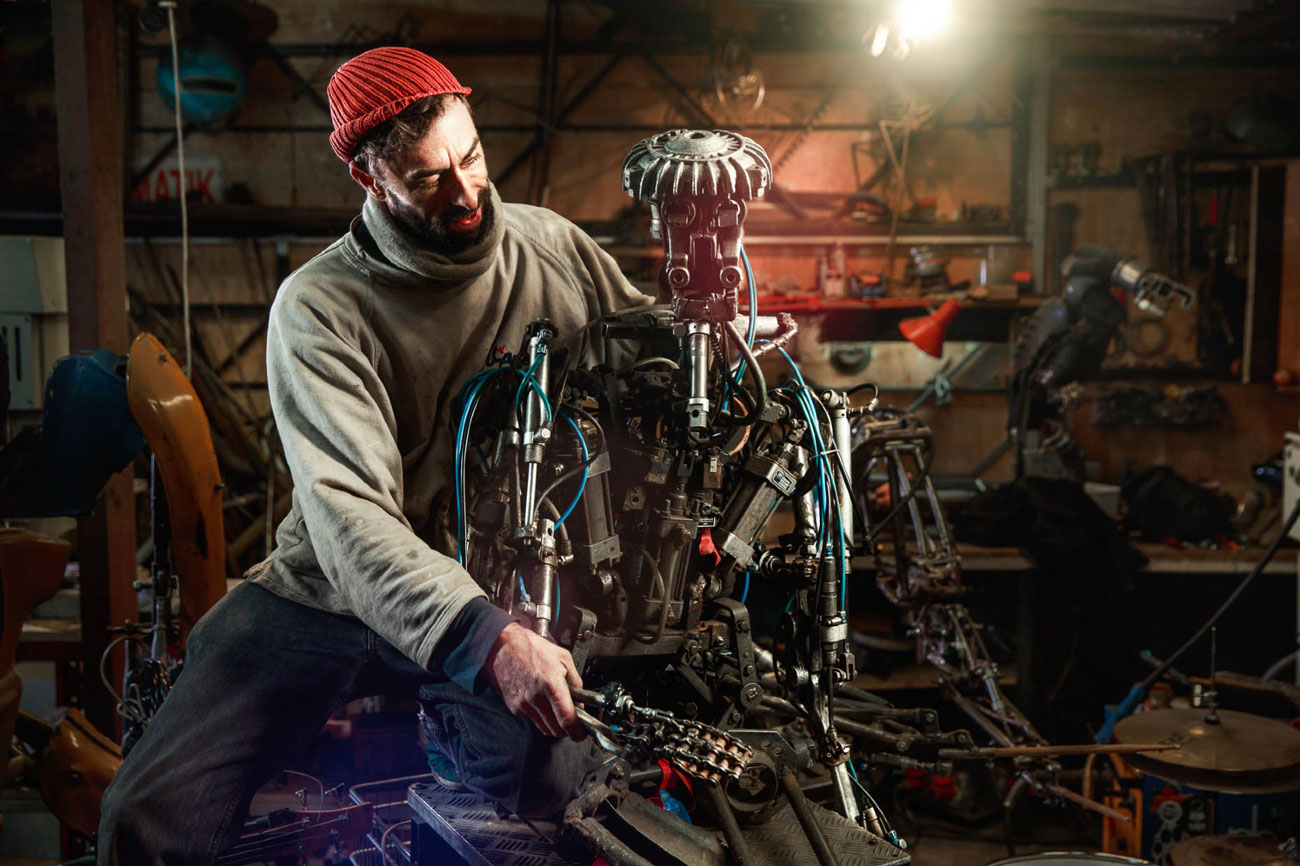
Anthony Kurtz is a Swiss-born photographer who currently lives in San Francisco. He specializes in environmental portraitures and landscape photography and strives to create beautiful and unexpected photographs of people and the spaces they occupy.
Combining both natural light and studio strobes, Anthony sculpts light to create a mood, an atmosphere, a photograph that tells a story and, hopefully, sparks curiousity in the viewer.
Kurtz has studied subjects from Science to Graphic Design, and New Media to eventually Photography. But no matter what the medium, he believes that his ability to meet extraordinary people is the best reward.
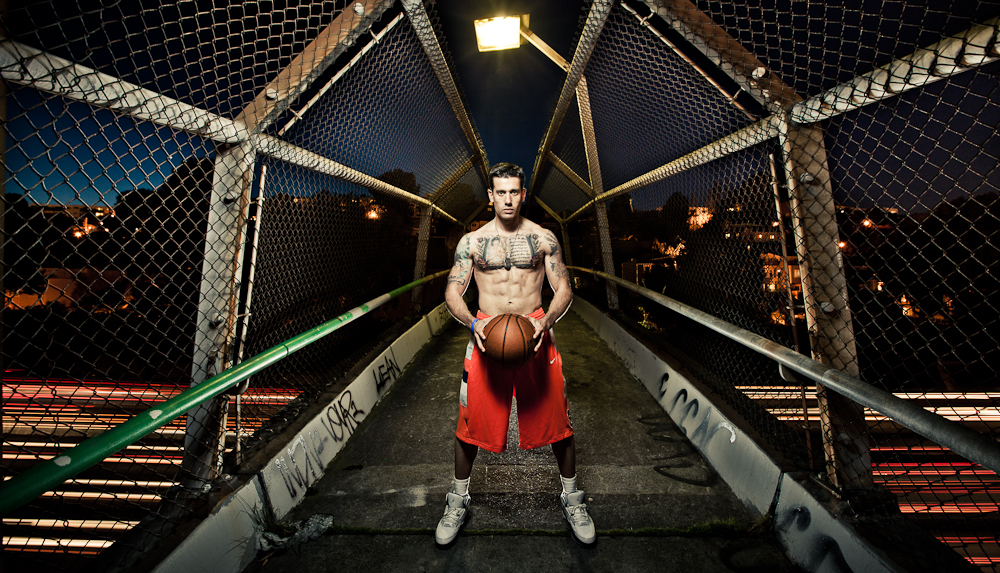

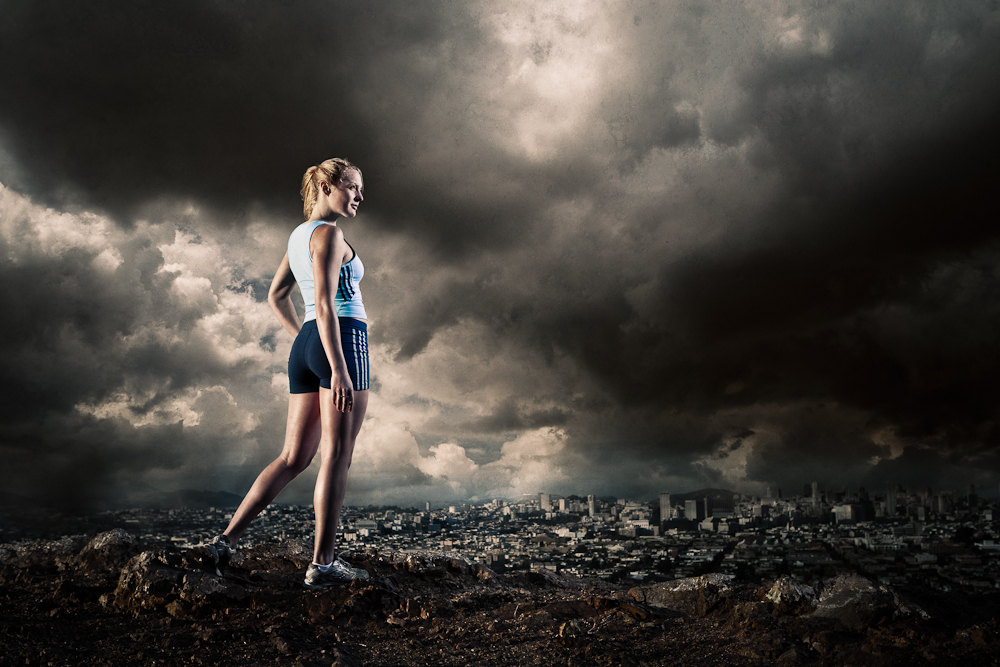
The above image inspired me to carry out a similar style photo of an athletic person with a dramatic sky.
Contact Sheets

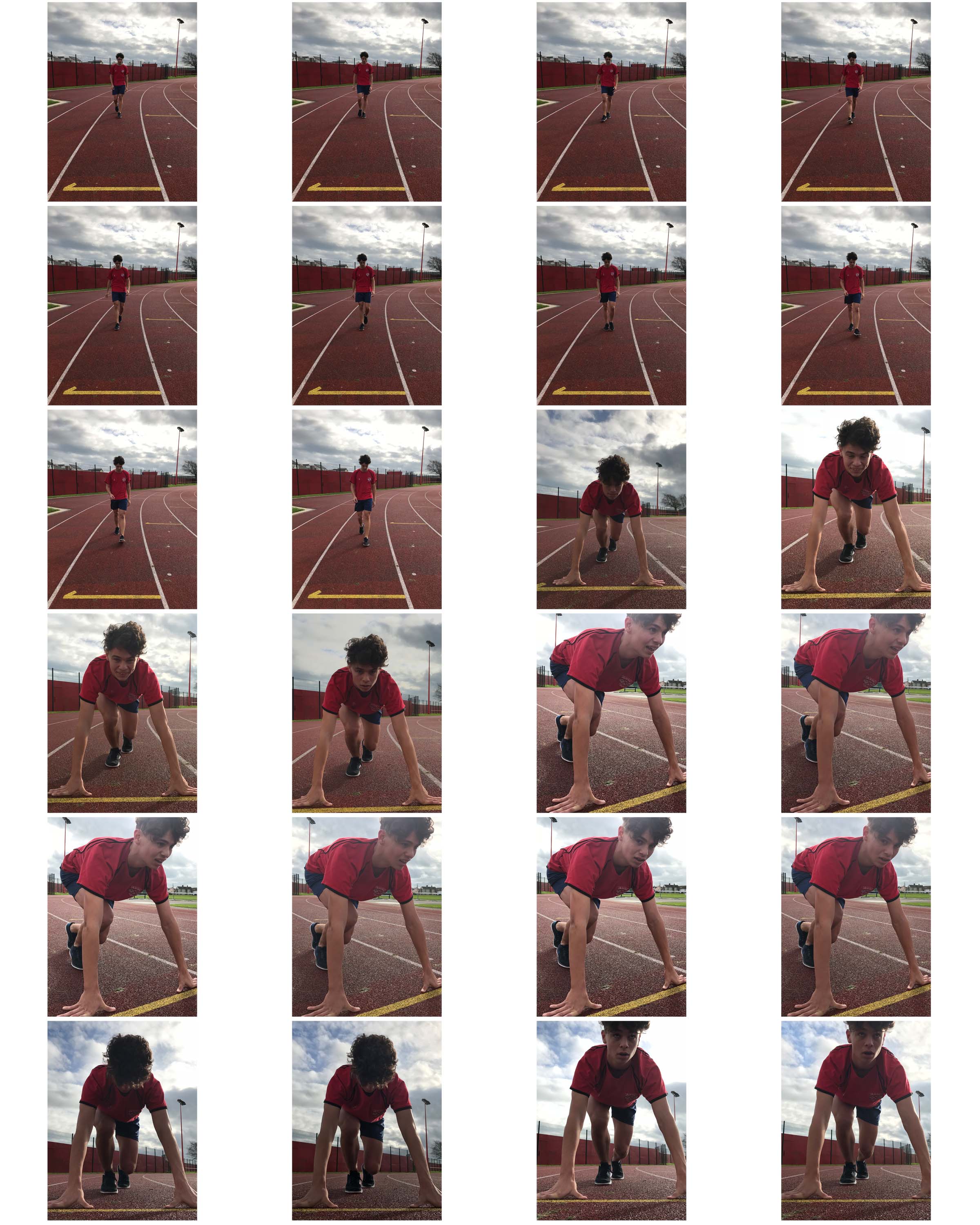
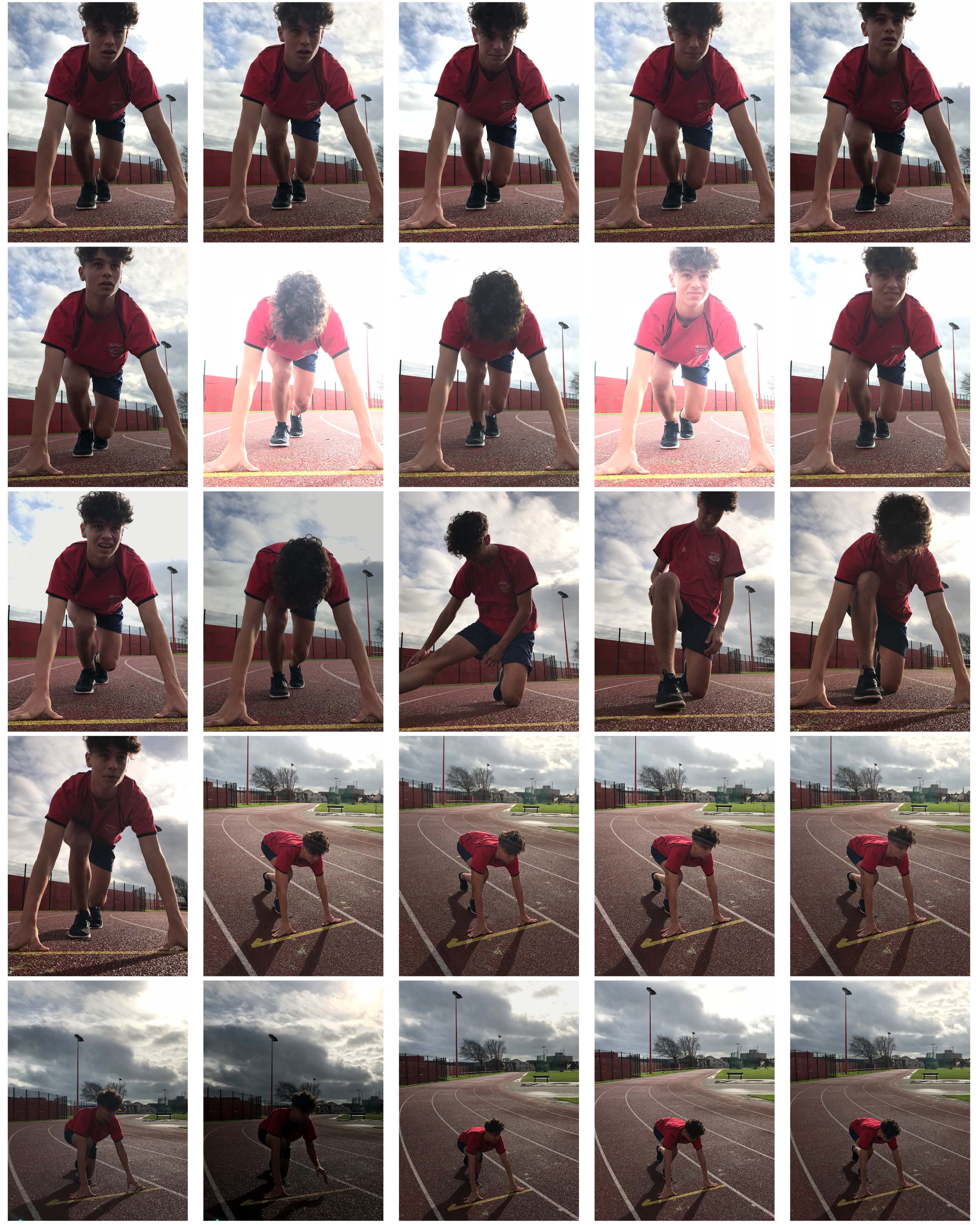
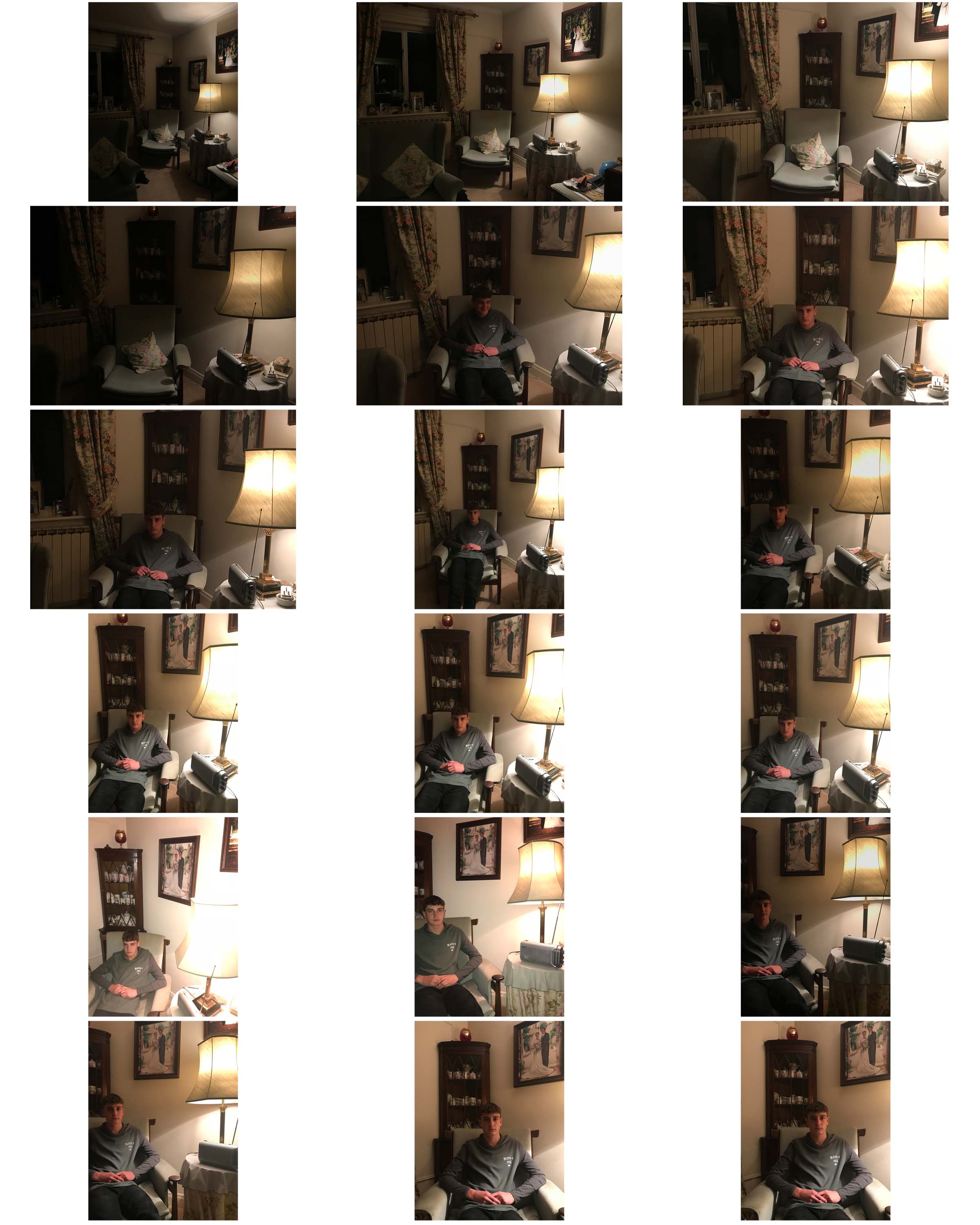
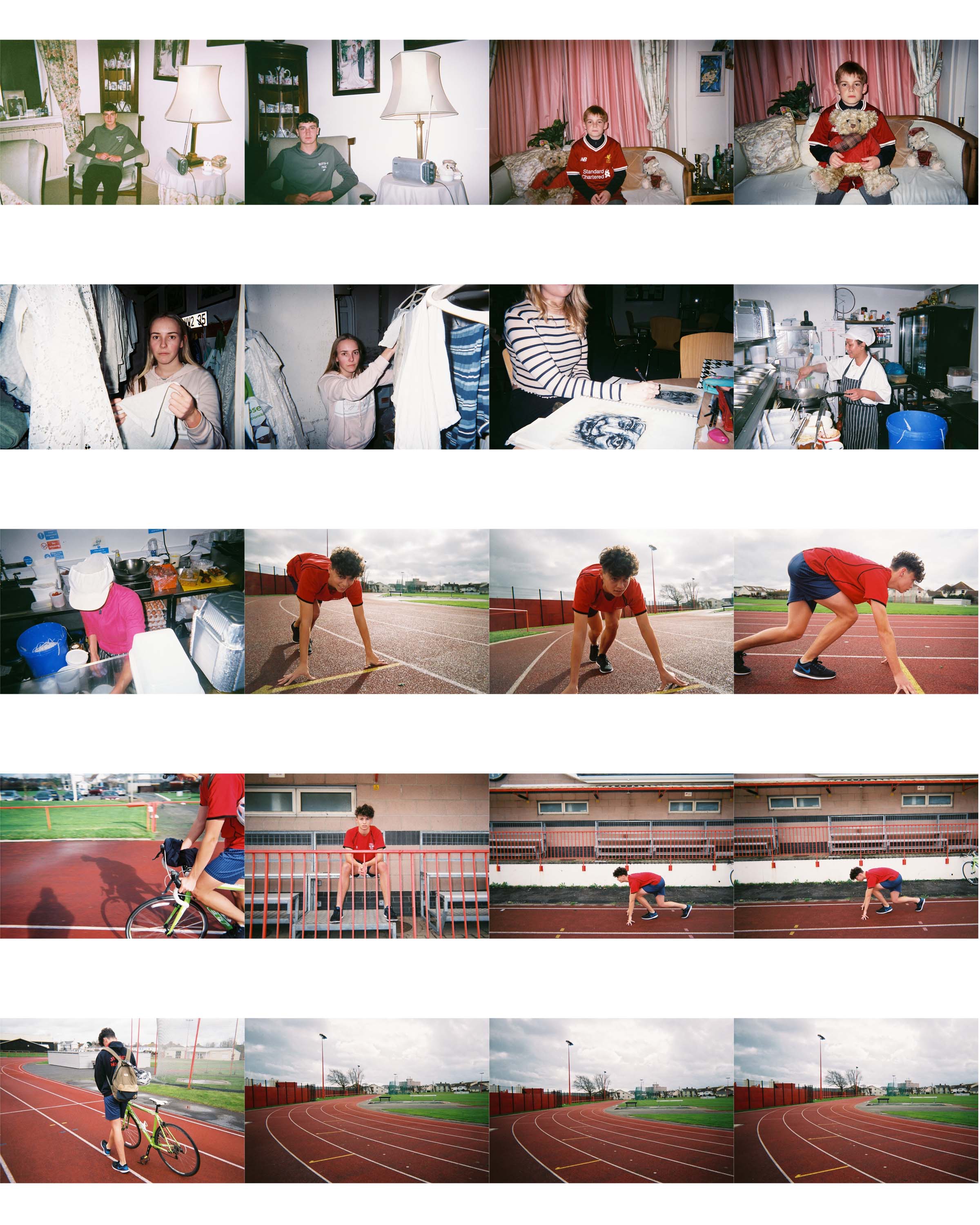
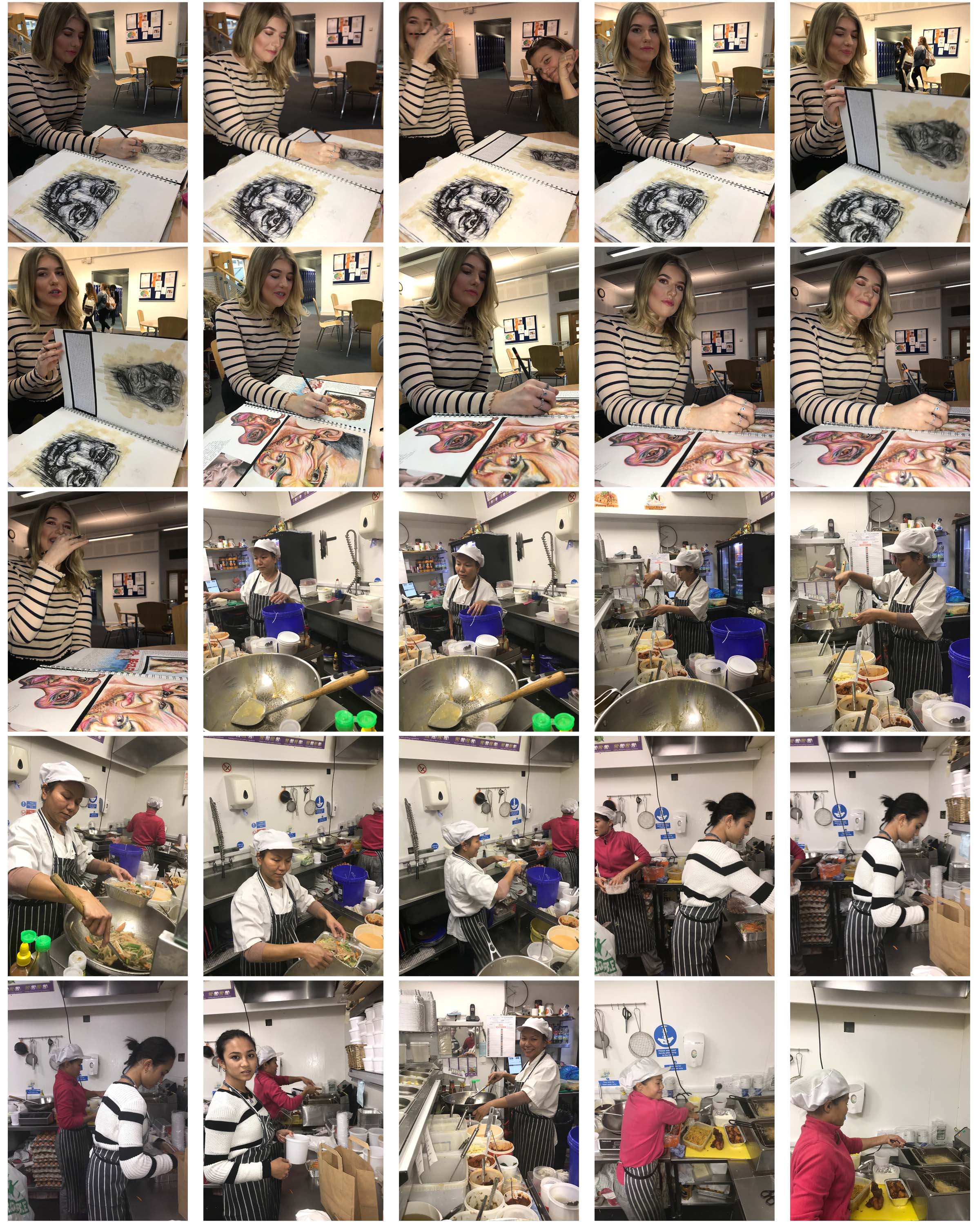
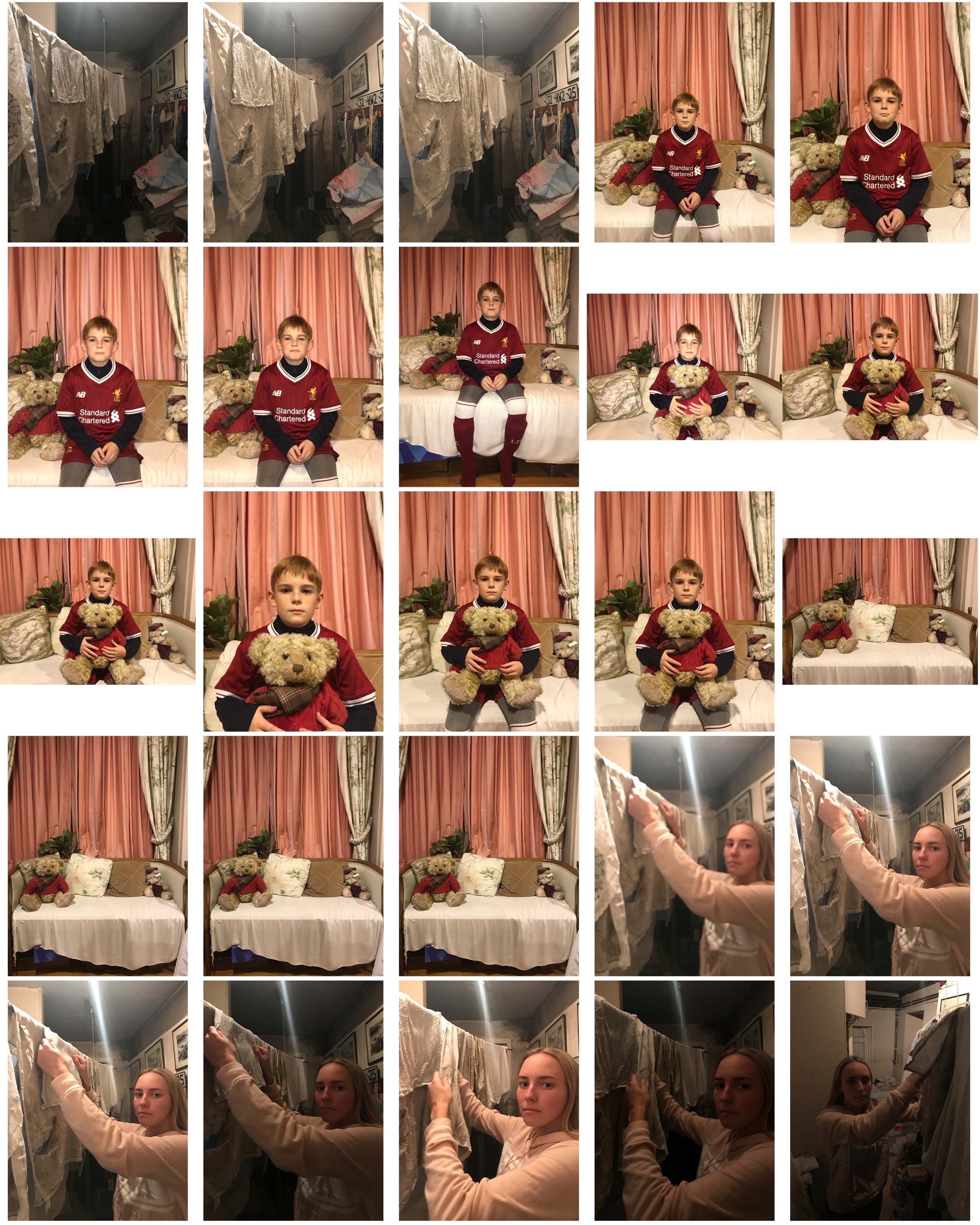
Final Images
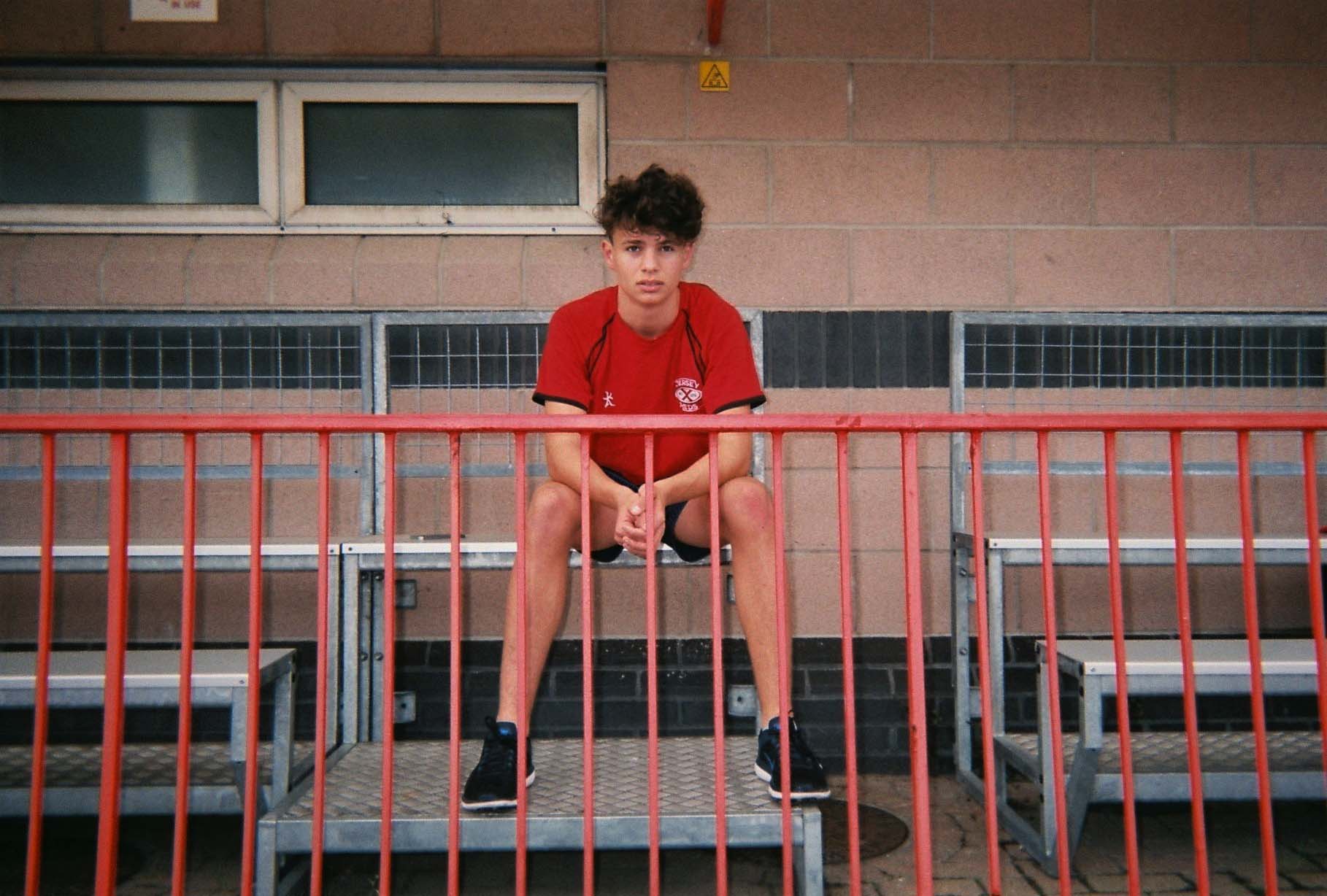
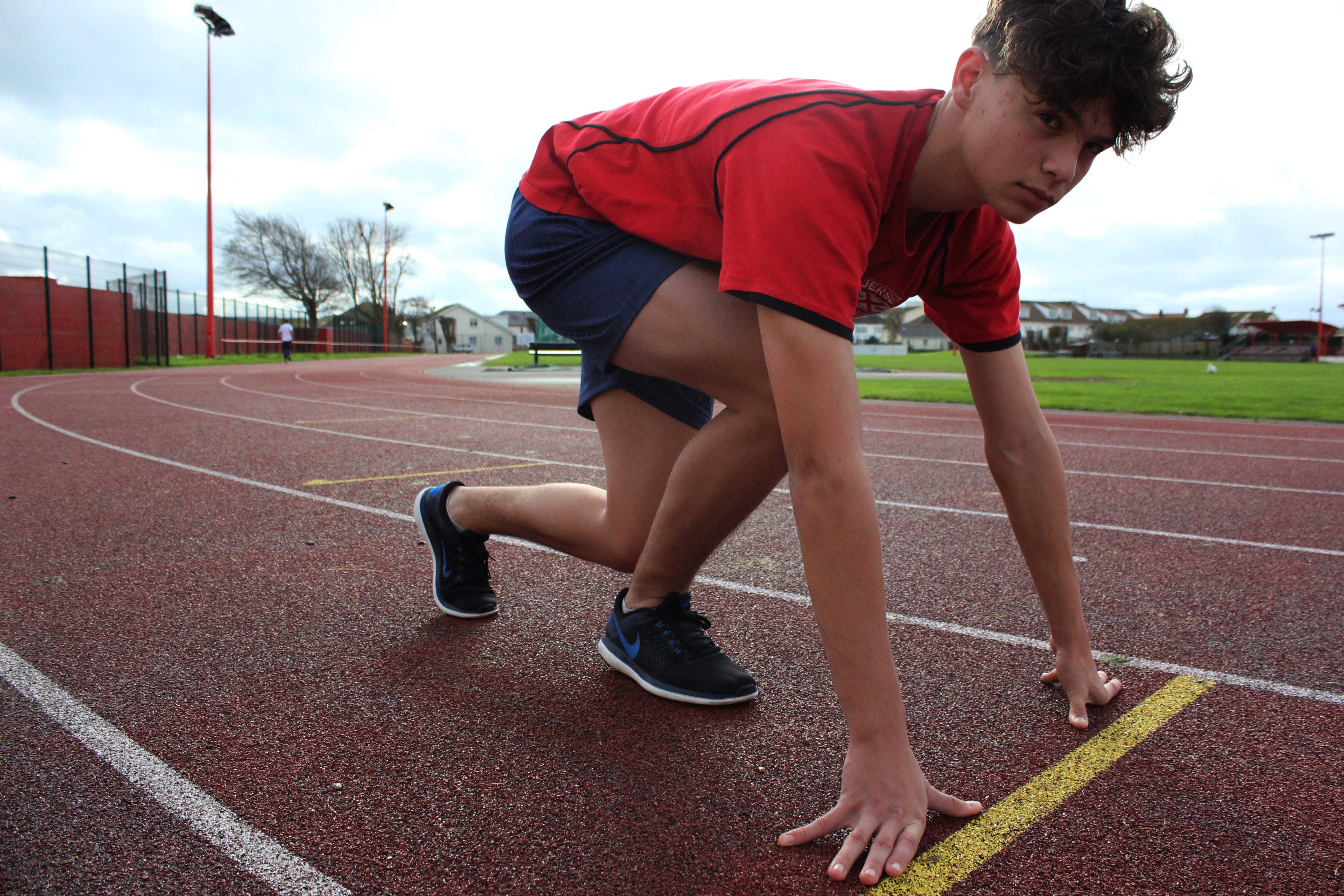

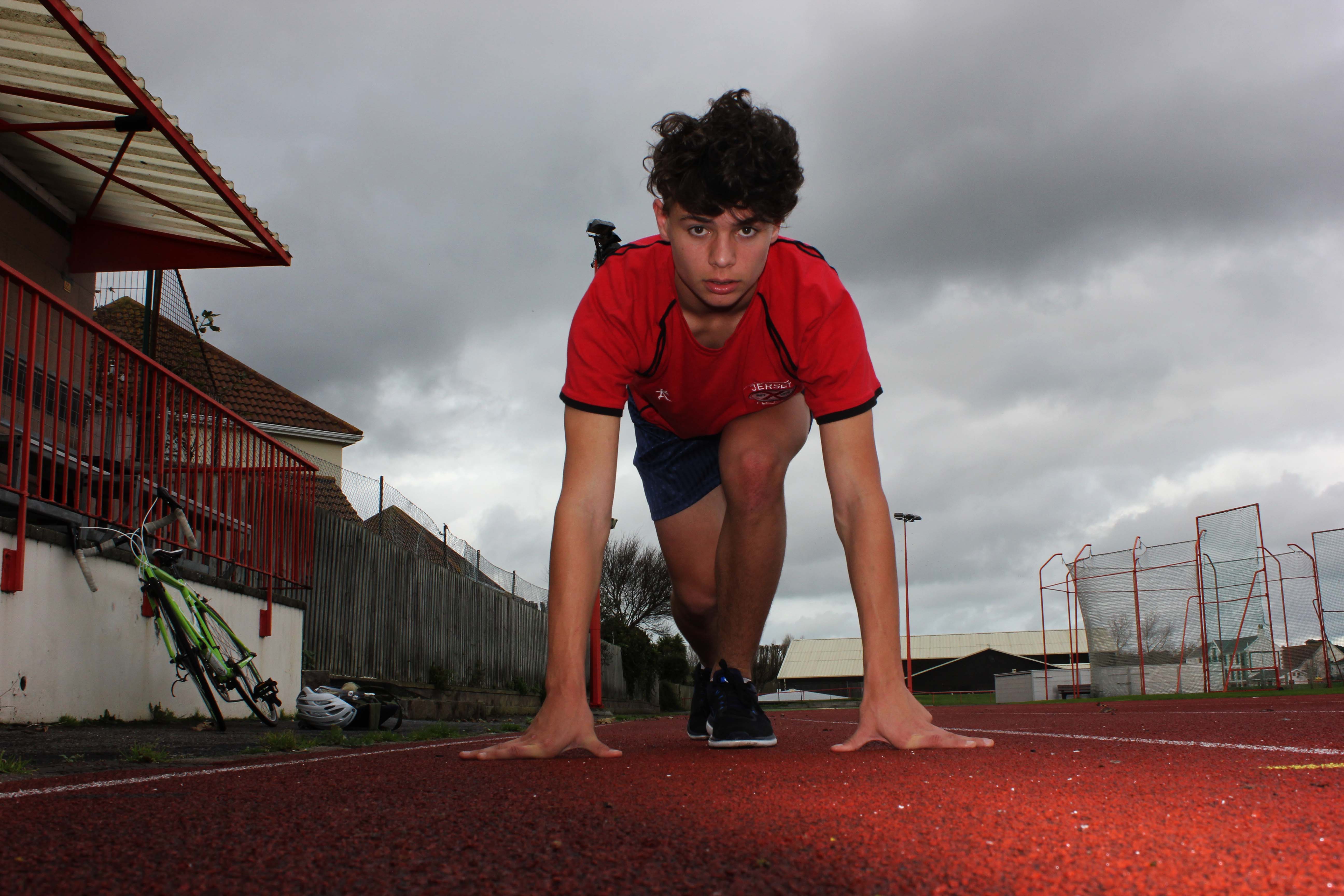
I edited the above images in a collection so that each photo added to the story of the subject in the photo, an athlete preparing to run. I brought down the brightness and increased the contrast to give the sky a dramatic effect behind the subject.

For this image, I edited it simply by increasing the contrast and reducing the brightness.



I took these images on a disposable camera as I liked the quality of them (an older family footage-style) and felt it would be suitable to take pictures of people in their environments anytime that I saw something interesting.
I did not edit these photos except to remove red eye from the camera flash, and reduce the contrast and exposure whilst increasing the brightness in the middle image.
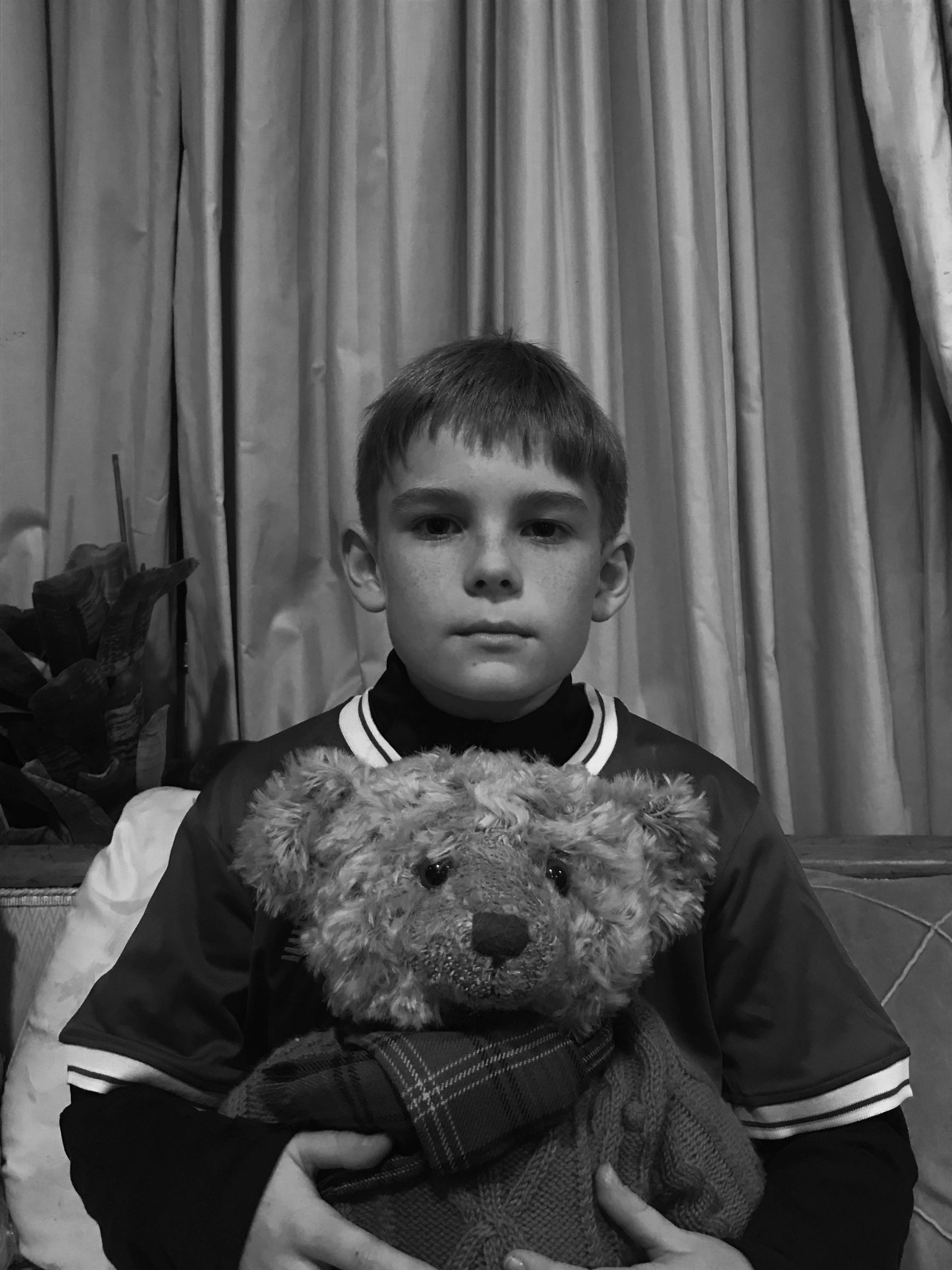

For these Images, I took inspiration from Arnold Newman’s famous black and white images. I reduced the saturation then increased the contrast and decreased the brightness to show off the different light and dark tones.
